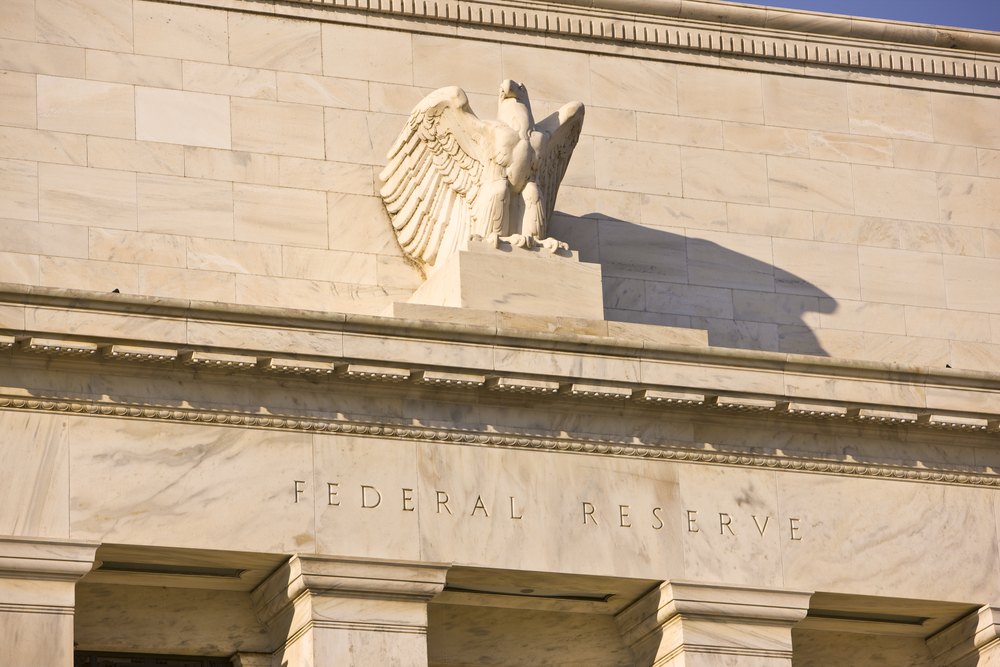The Federal Reserve (Fed) decided to hold interest rates steady at its latest meeting on March 19, 2025. Thus, the key borrowing rate remains in a targeted range of 4.25% to 4.5%, unchanged since December. At the same time, the Federal Open Market Committee (FOMC) indicated that reductions are likely to come later this year. The post-meeting statement noted an increase in uncertainty around the economic outlook and stated that the “Committee is attentive to the risks to both sides of its dual mandate” — referring to the goals of maintaining full employment and low prices.
Deutsche Bank (DB) Research commented on the decision: “Though the dots drifted higher, the median continued to show an expectation of two rate cuts this year. For the near term, Chair Powell reiterated that policy is in a ‘good place’ and that the Committee is in ‘no hurry’ to adjust rates.
Jack McIntyre, Portfolio Manager at Brandywine Global, part of Franklin Templeton, defined the March FOMC meeting with one word: “uncertainty”. “That term was peppered throughout both the FOMC statement and Powell’s press conference. Therefore, it wasn’t a dovish or hawkish pause but an uncertain pause. Rightfully so, the Fed has less conviction, but it is aligned with the market in their view of where policy rates are headed,” he explained.
According to McIntyre, the Fed expressed greater concern about weaker economic growth and higher inflation resulting from government policy uncertainty. “Clearly, this Fed doesn’t want to be in the mortgage business based on its meaningful slowing of quantitative tightening (QT) for Treasuries and holding the redemption for mortgages at the same pace. Bottom line, it was a humdrum FOMC meeting, but it was supposed to be since monetary policy isn’t what’s impacting the US economy right now,” he added.
Aberdeen Investments anticipates two Fed rate cuts this year “with a bias towards more cuts rather than fewer”. “The Fed is likely to be more willing to cut rates aggressively during downturns than to hike rates in response to rising inflation,” commented Ray Sharma-Ong, Head of Multi-Asset Investment Solutions – Southeast Asia, at Aberdeen Investments, on the Fed decision.
“A US recession is not our base case, and the price effects of tariffs are expected to primarily impact the tradable goods sector. The Fed is likely to respond once hard economic data moderates. Recent market moves have been momentum-driven and represent an overshoot. The recent equity market selloff is about 50% of what we would experience in a recessionary scenario,” Sharma-Ong added.
He sees the main uncertainty around the new reciprocal tariff rates, which are set to take effect on April 2.
Read more

T. Rowe Price
Why US Treasuries may no longer be a safe haven
US Treasuries recent performance has fallen short of expectations.

Candriam
The euro bond market is back in focus
Rising yields and shifting fiscal dynamics are bringing the euro bond market back into focus.

Lombard Odier
EM equities – potential opportunities amid challenges
EM equities face renewed pressure amid US trade policy shifts, slowing growth, and investor outflows.

US Markets
100 days of Donald Trump
The first 100 days of Donald Trump’s second term have shaken markets. Asset managers weigh in on US equities, bonds, and the dollar.





















